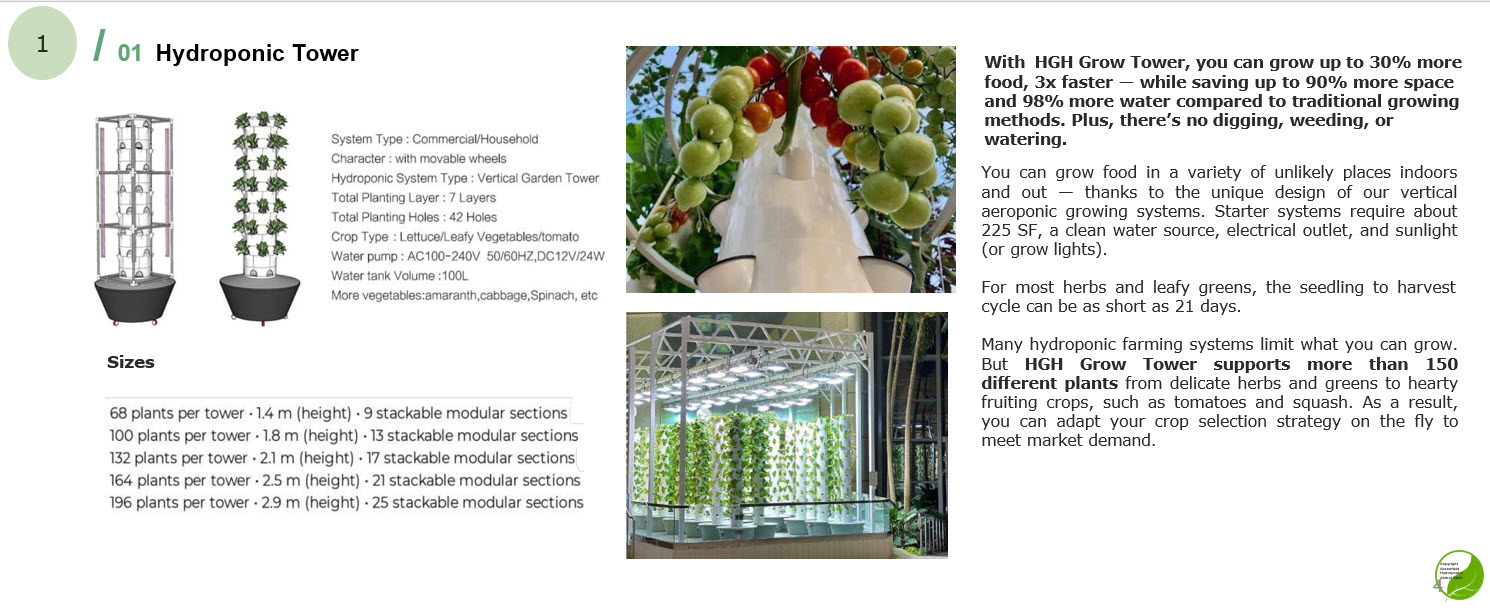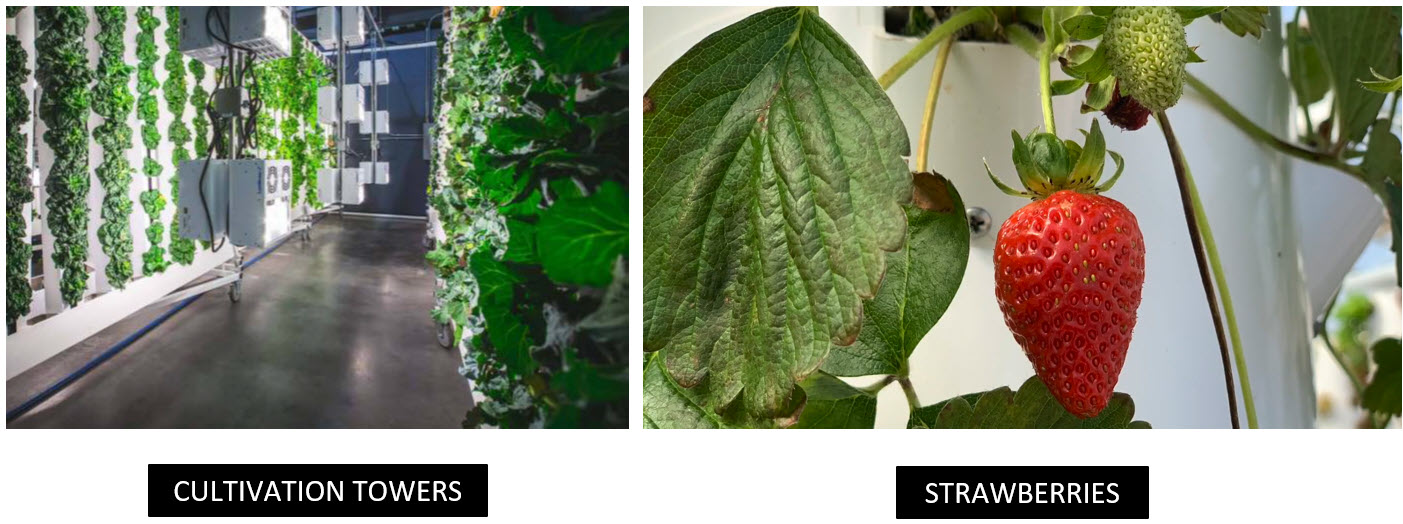
Greenfield Hydroponic Intro Brainshark
THE PROBLEM
For depressed economic locations within US cities (e.g. Chicago IL, Gary IN, Detroit MI, Cleveland OH, Jackson MS etc.) and international locations suffering from food scarcity & deserts caused by the closure of neighborhood grocery stores there is an opportunity to bring fresh, organic produce directly to these markets mitigating transportation charges and spoilage.
HEALTHY LIFESTYLE
Healthy food and fresh drinking water not impacted by groundwater contaminated by hazardous chemicals, pharmaceuticals, lead or other impurities will result in healthier citizens and curtail costly medical treatments due to drinking or eating tainted food.
Additional health issues include:
• Childhood Obesity
• Fast Foods high in sodium and calories vs. Home-cooked, healthy meals that include organic fruits and vegetables.
• Economic challenges that result in fewer healthy product selections.
• Cultural challenges that embrace comfort food high in fat and caloric content.

LOCATING ORGANIC FOOD PRODUCTION WITHIN A COMMUNITY
Typical vacant city lots (already improved containing water, sewer and electricity infrastructure) are 25’ x 125’ or 3,125 SF/290 m2. According to easements and build capacity, the structure placed on this lot cannot exceed 65%. Calculation of grow space that will meet permitting standards of the local zoning commission:
65% of 3,125 SF = 2031 SF available for placement of an Urban Farming facility.
BUSINESS CASE
Model a cold-weather greenhouse system to fit the size parameters noted above, namely roughly 2,000SF/188 m2.
Collocate produce in the cultivation areas that share the same temperature-controlled environmental conditions thereby eliminating dependence on outdoor conditions, soil and limitation of grow cycles over the course of a year.
Identifying those crops, monthly expected yield, definition of grow system components, etc. accelerates offering and implementing this Model to prospective customers.
Cultivation in a controlled inside environment advantages:
• Reducing the carbon footprint: By growing food locally, you reduce carbon dioxide emissions that occur in the transport and storage of food products.
• Efficient use of water: cultivation systems in controlled environments allow for more efficient water management, reducing its use and avoiding waste.
• Pesticide Control: Growing in controlled environments allows for the use of sustainable agricultural techniques, such as biological control of pests and diseases, thus eliminating the need for pesticides.
• Food safety: cultivation in controlled environments allows monitoring and quality control of the food produced, ensuring that it is safe and healthy for human consumption.
• Promotion of urban agriculture: cultivation in controlled environments promotes urban agriculture, a sustainable practice that is beneficial for the environment and the health of people living in cities.

CONCLUSION
A natural market is church groups whose mission is to provide both spiritual and physical nourishment for the soul. Promoting a Healthy Lifestyle and Organic Food via education and example with enabling Hydroponic technology at the
Point of Consumption can be accomplished in a very short time period.
Clergy has called for Christians to help feed people now, whether through parishes or other organizations, and at the same time advocate for public policies to eradicate food deserts.
“We’re obligated as church, as the social service arm of the church to reach out,” observed one Preacher. “Jesus did some of his best work around food, and we need to be who he is. He was one of us. We as a church, we owe that to people. We have to seek justice. We have to be of service to people. We have to love.”
Either individual cultivation systems or a consortium of cooperative systems will enhance healthy choices, crop selection & production and minimize dependence on traditional land farming.
Each Cooperative system can allow for diversification of crops and can be controlled by non-profit or for-profit small businesses owned by local residents to supply fresh, healthy and organic produce directly at the point of consumption.
Local target retail customers include schools, restaurants, hospitals, industrial users and residents.
Implementation of a Model Urban Farming system results in Healthy Lifestyle, economic development, job training and creation.
Greenfield Hydroponics offers a full-turnkey solution including education, methodology, integrated Hydroponic System equipment (Computerized Control System, Water, Fertigation and Illumination Systems, access to seeds and nutrients, installation and support.
Preliminary Scope Questionnaire




